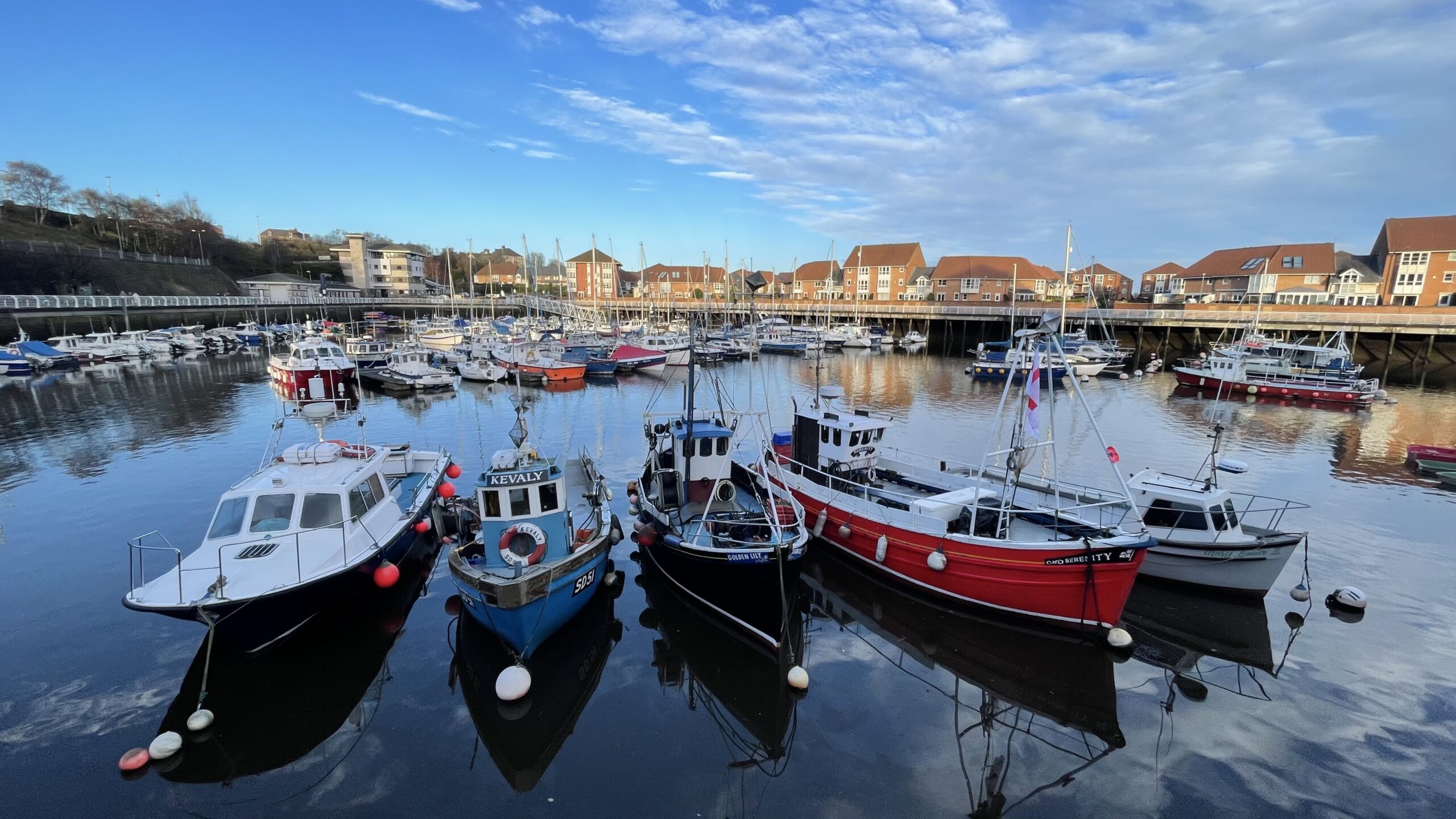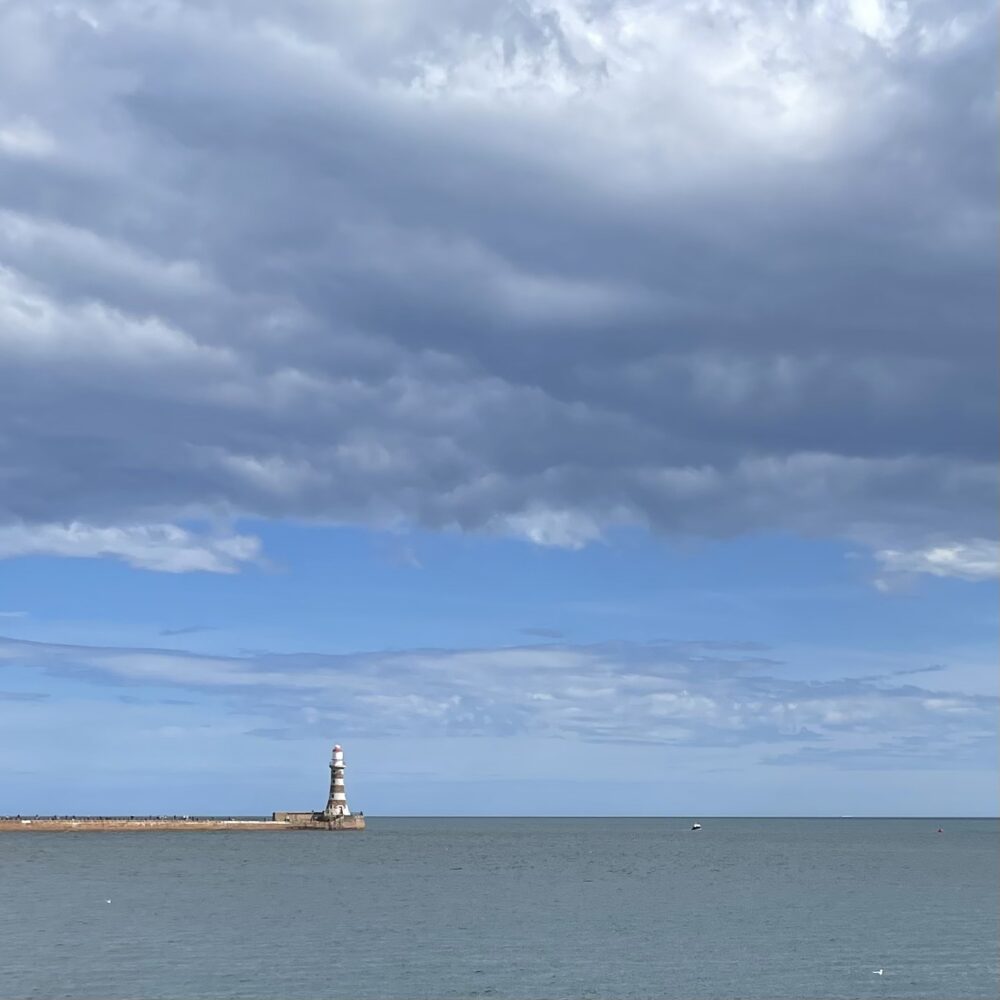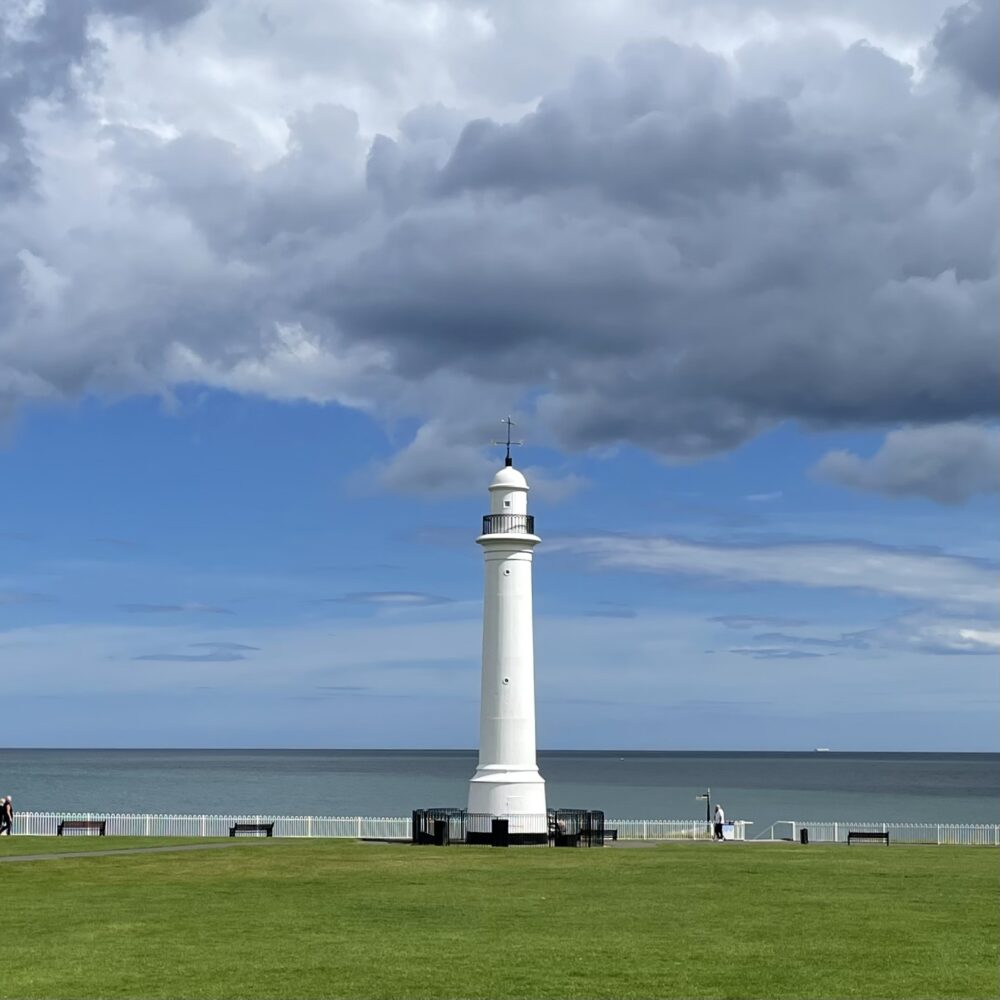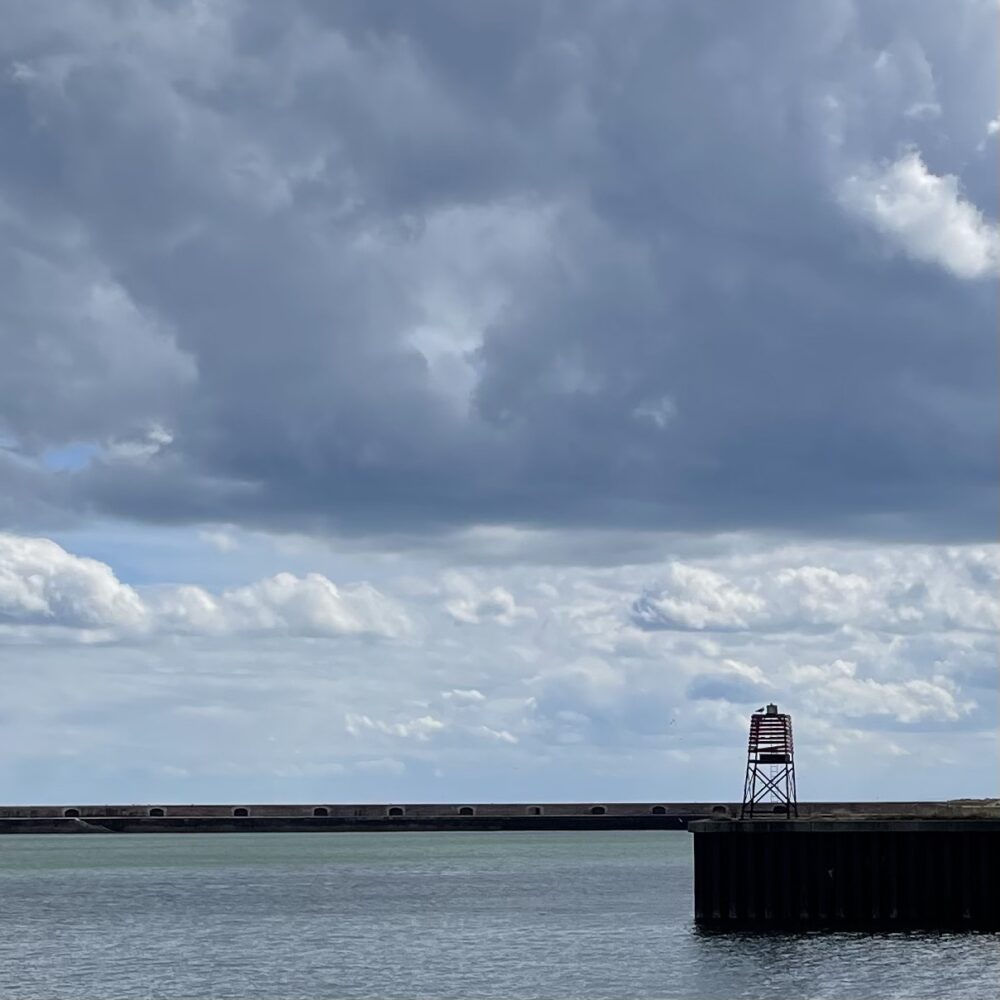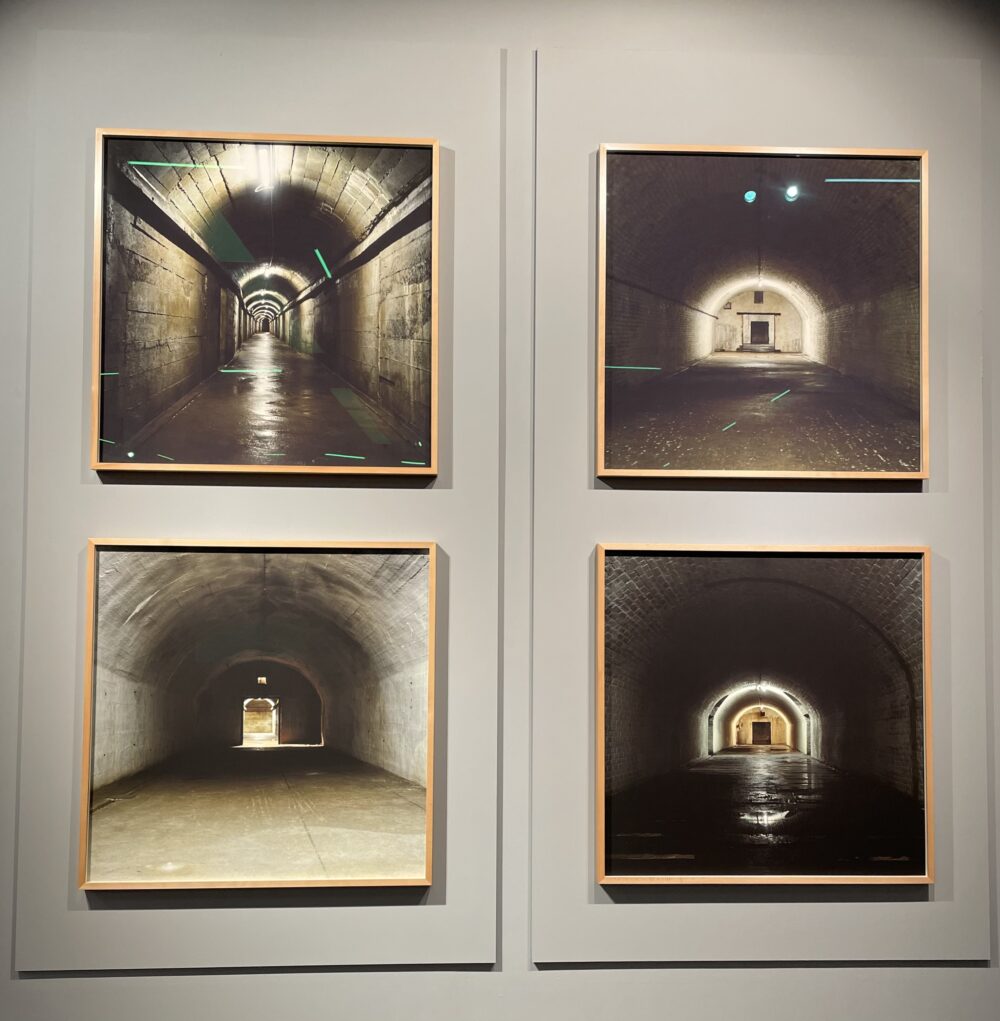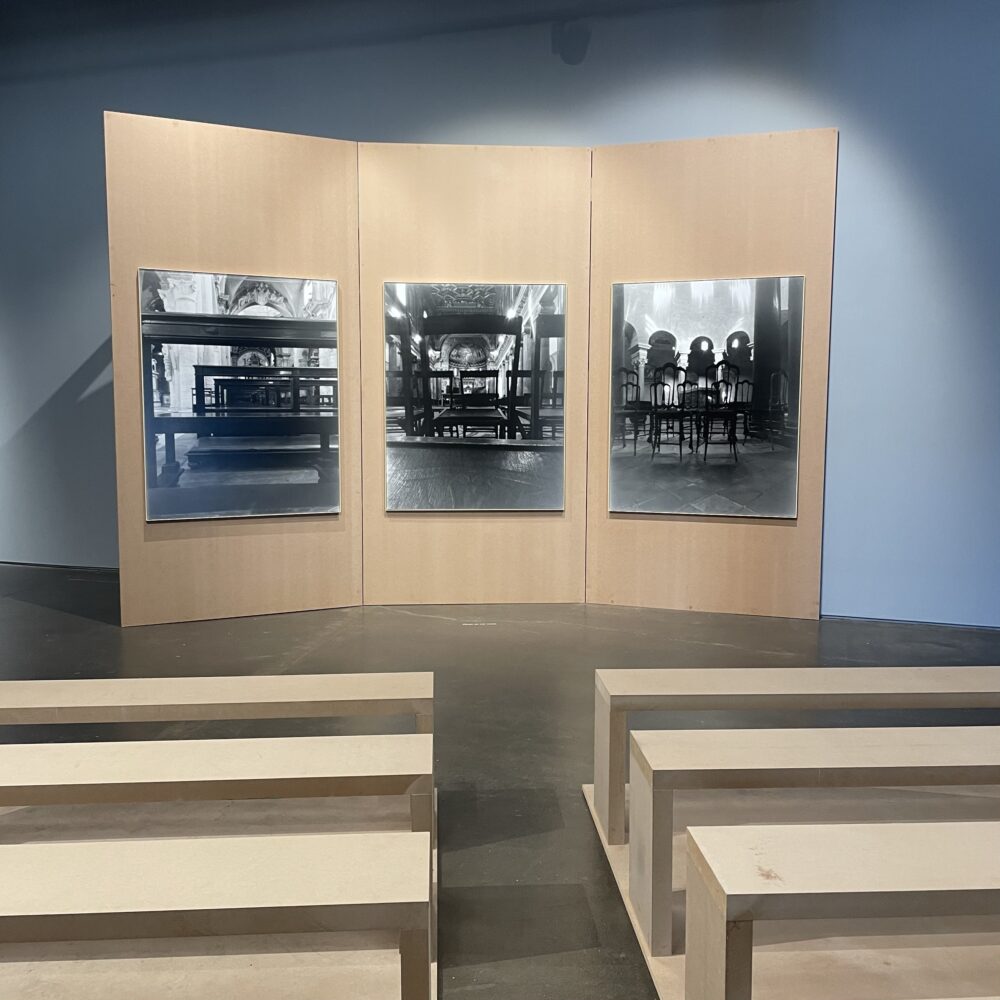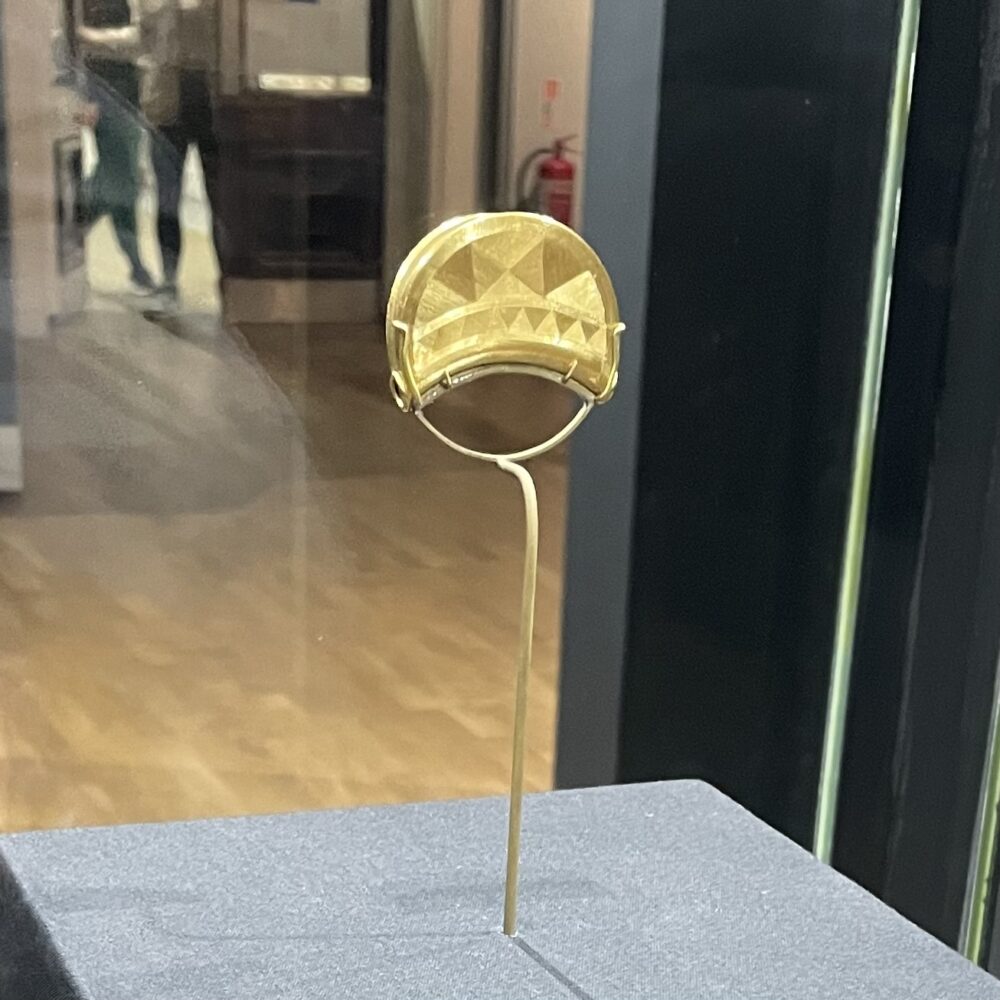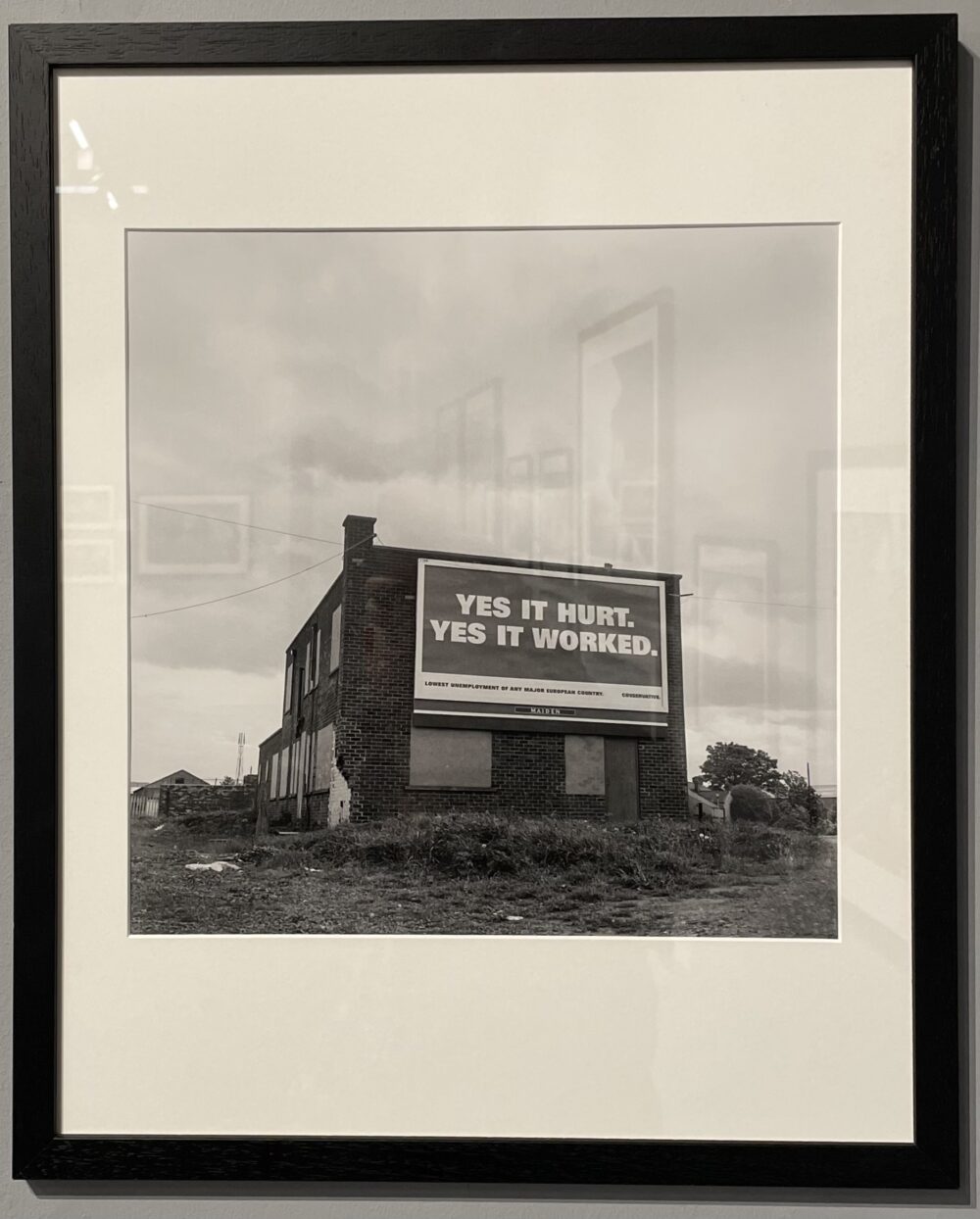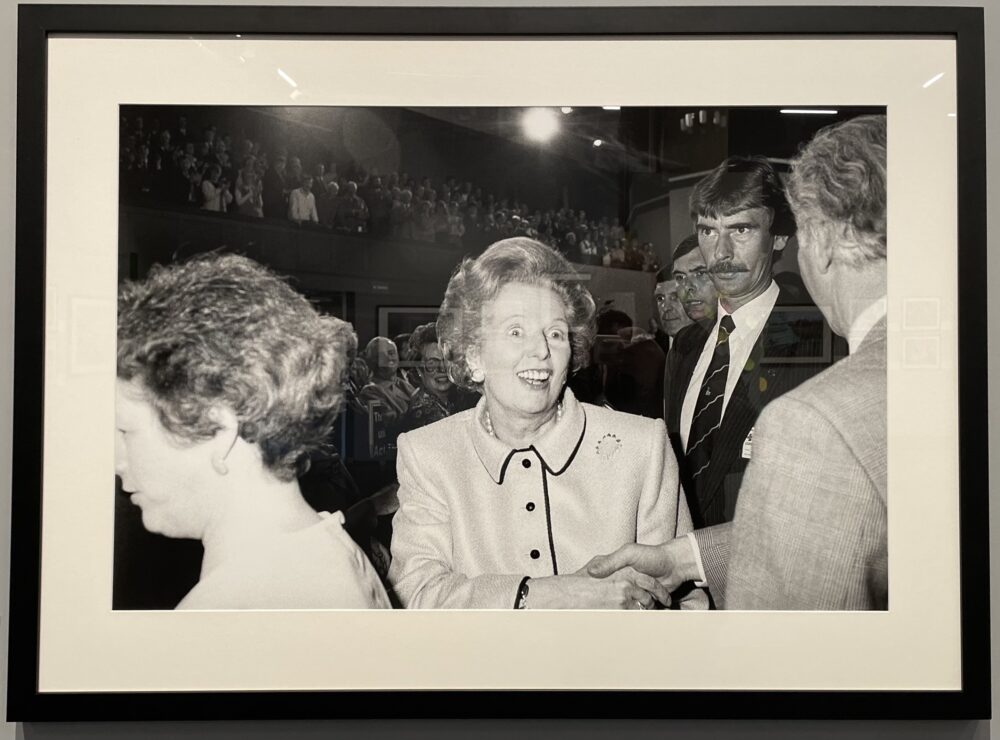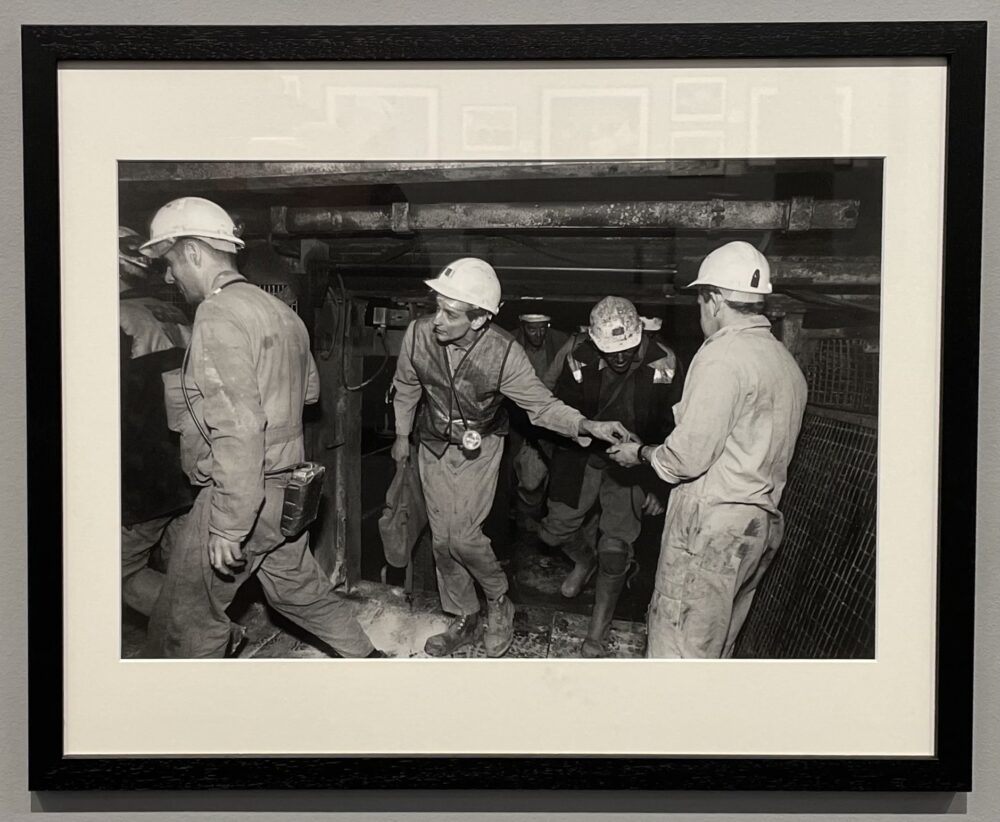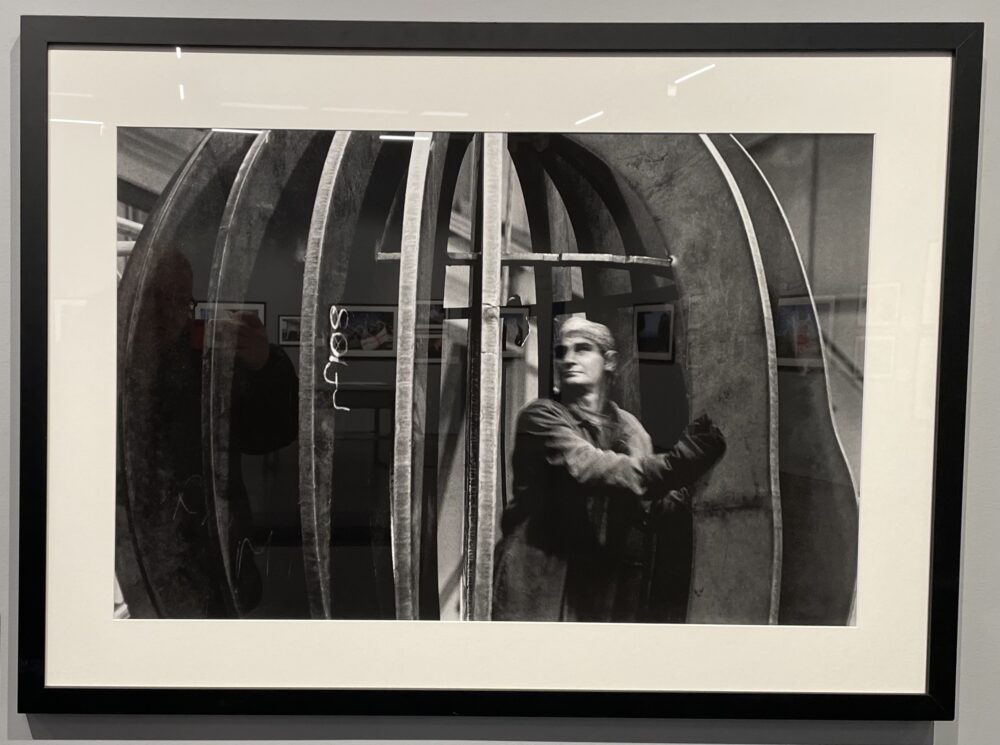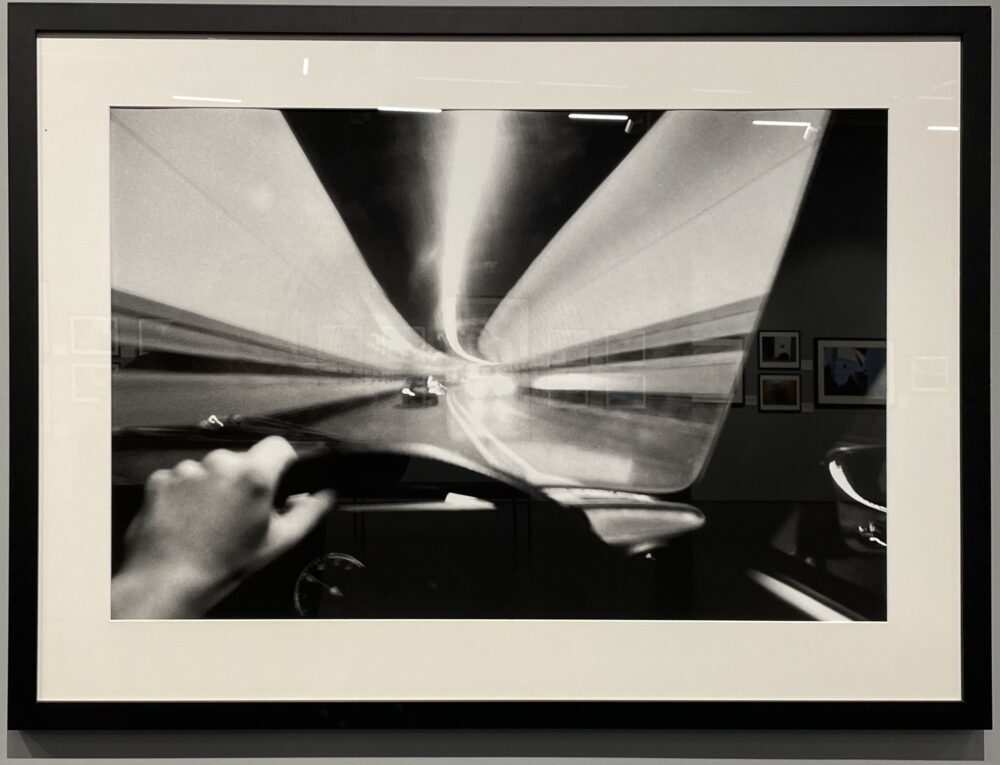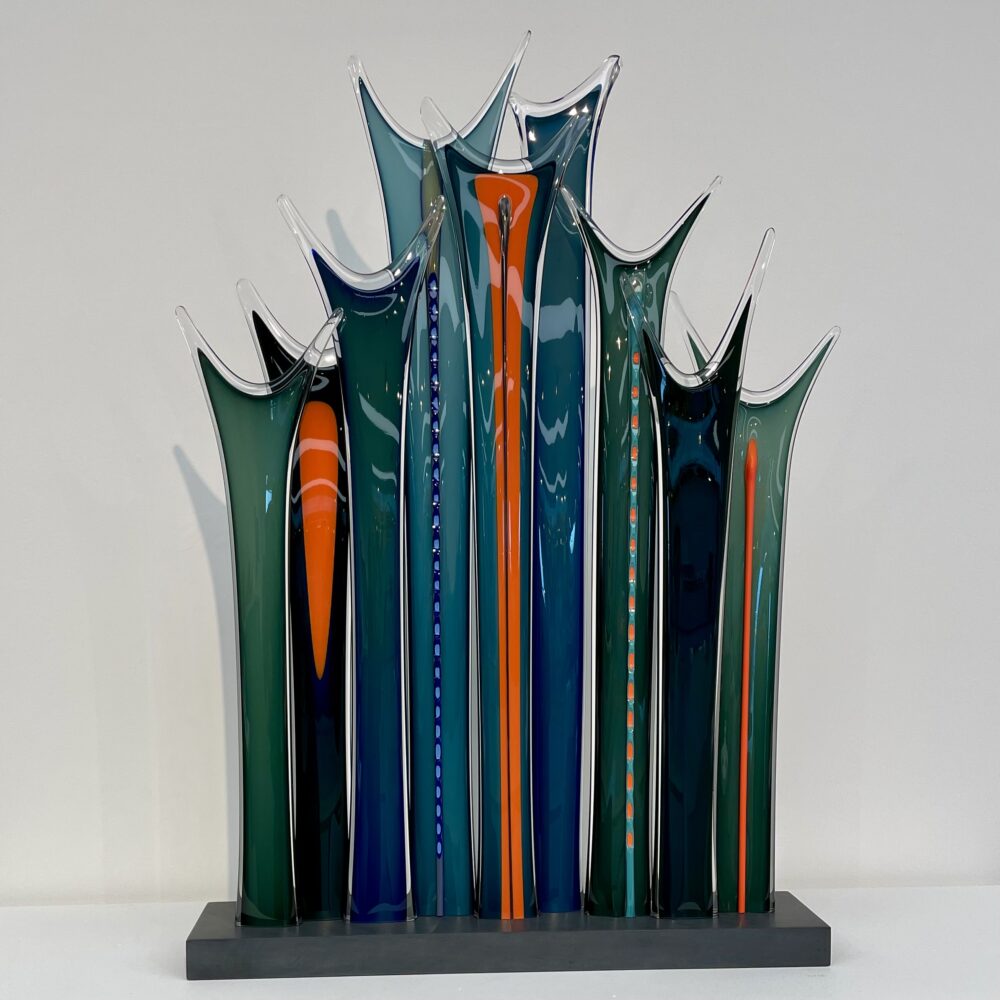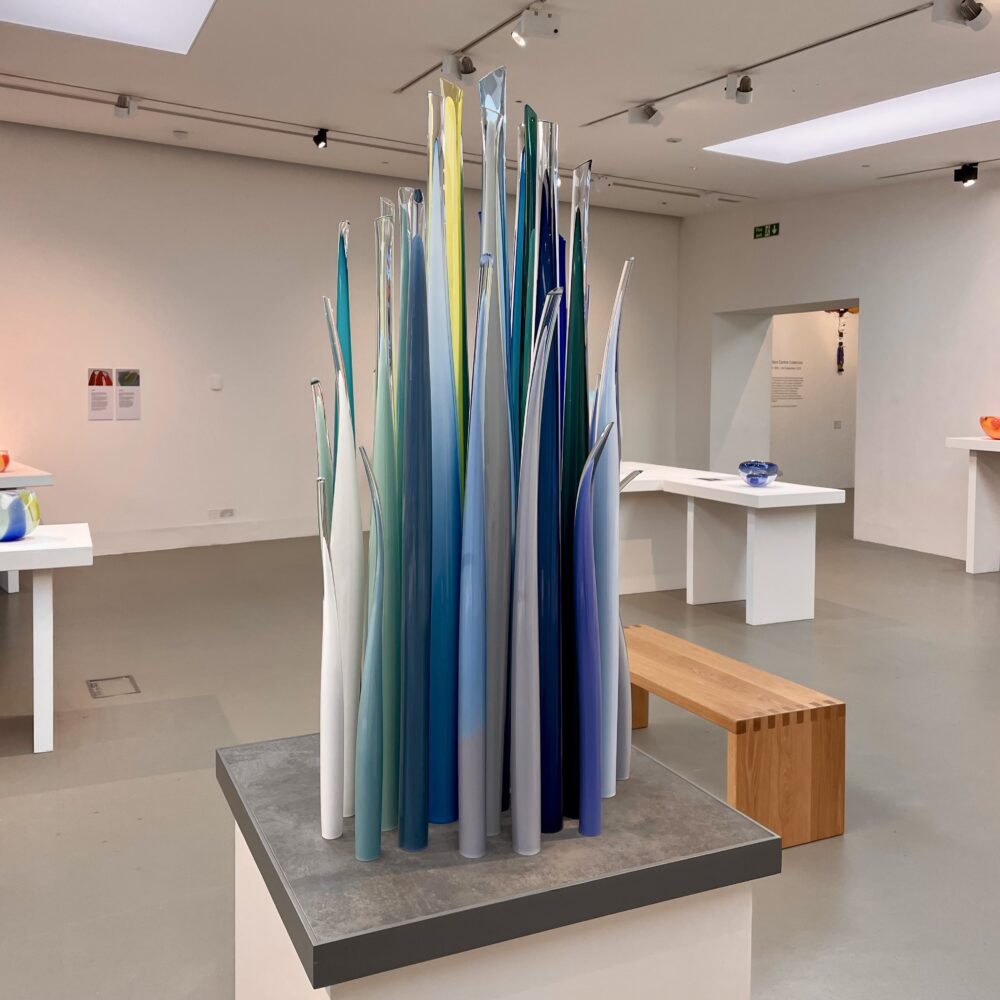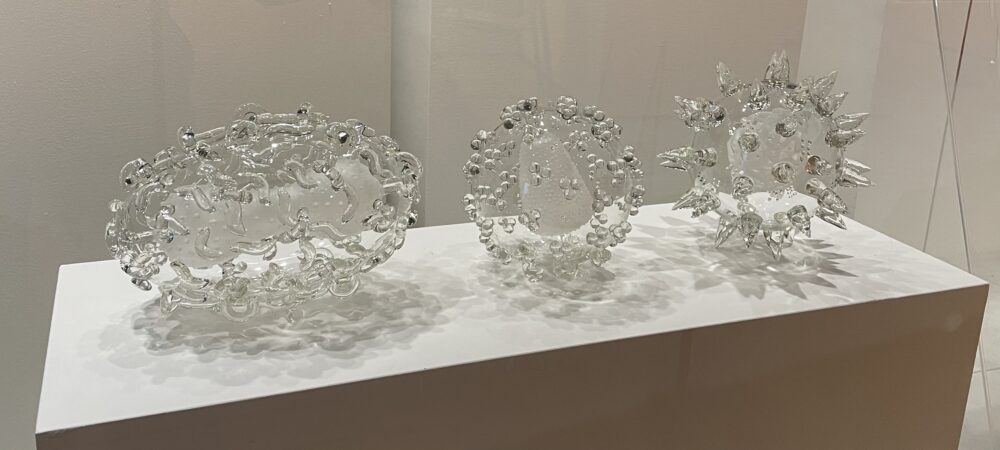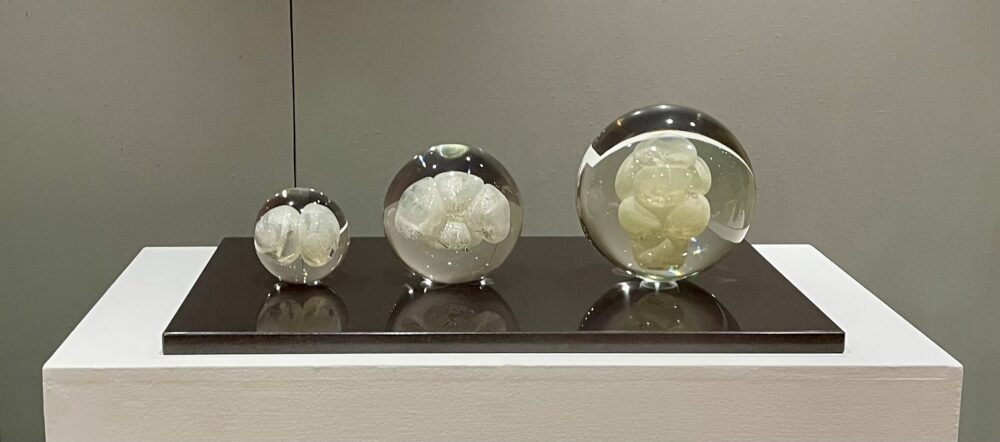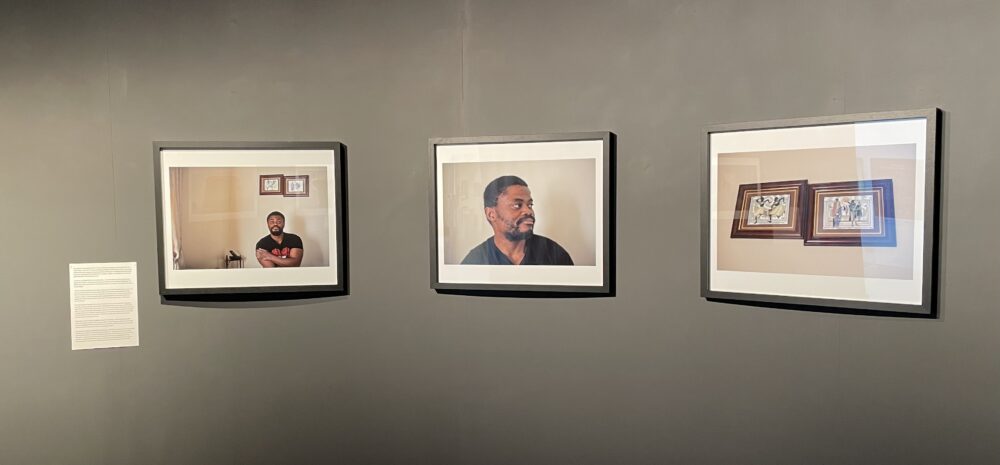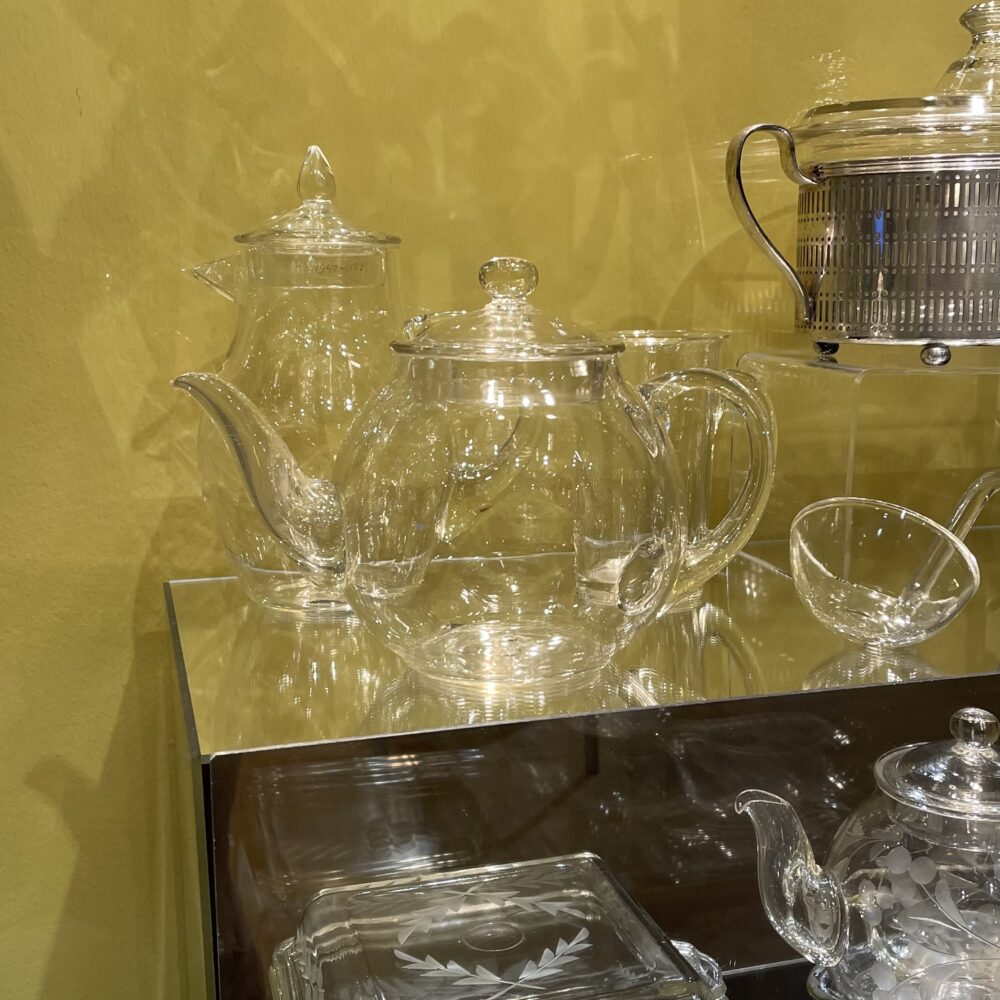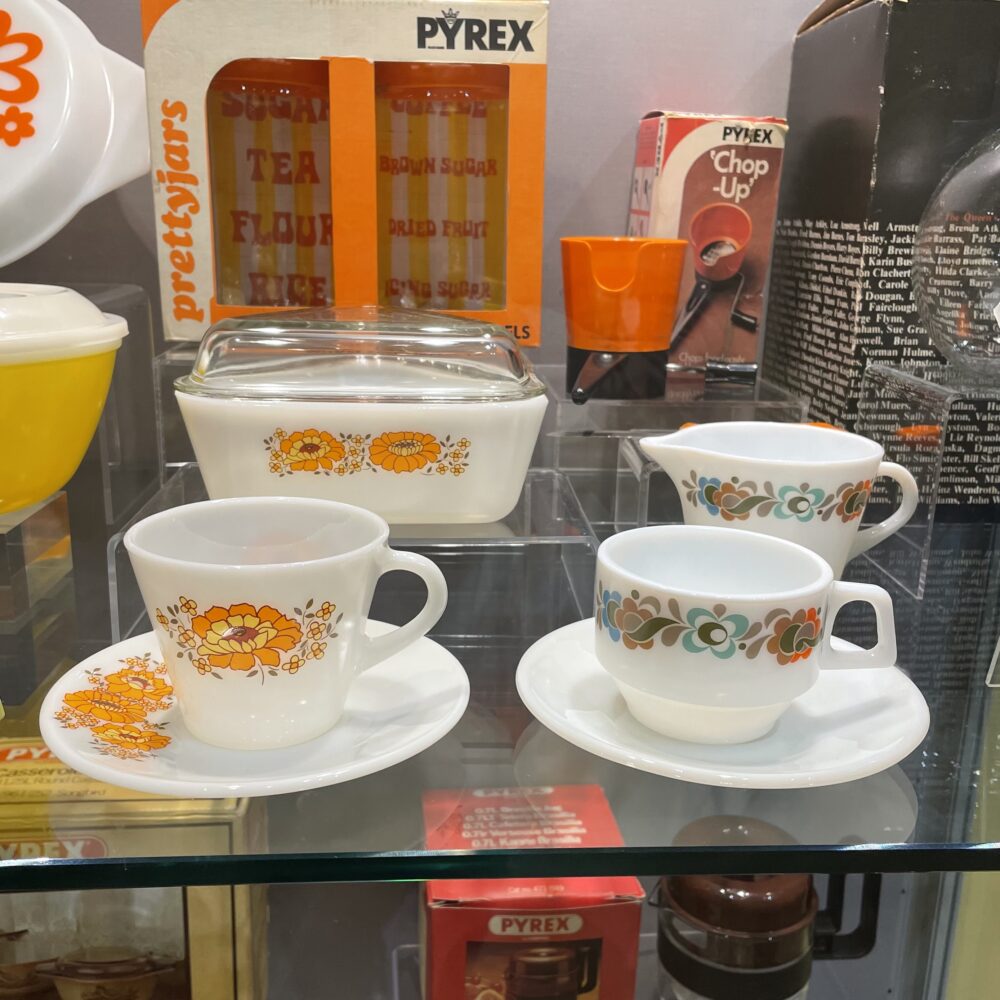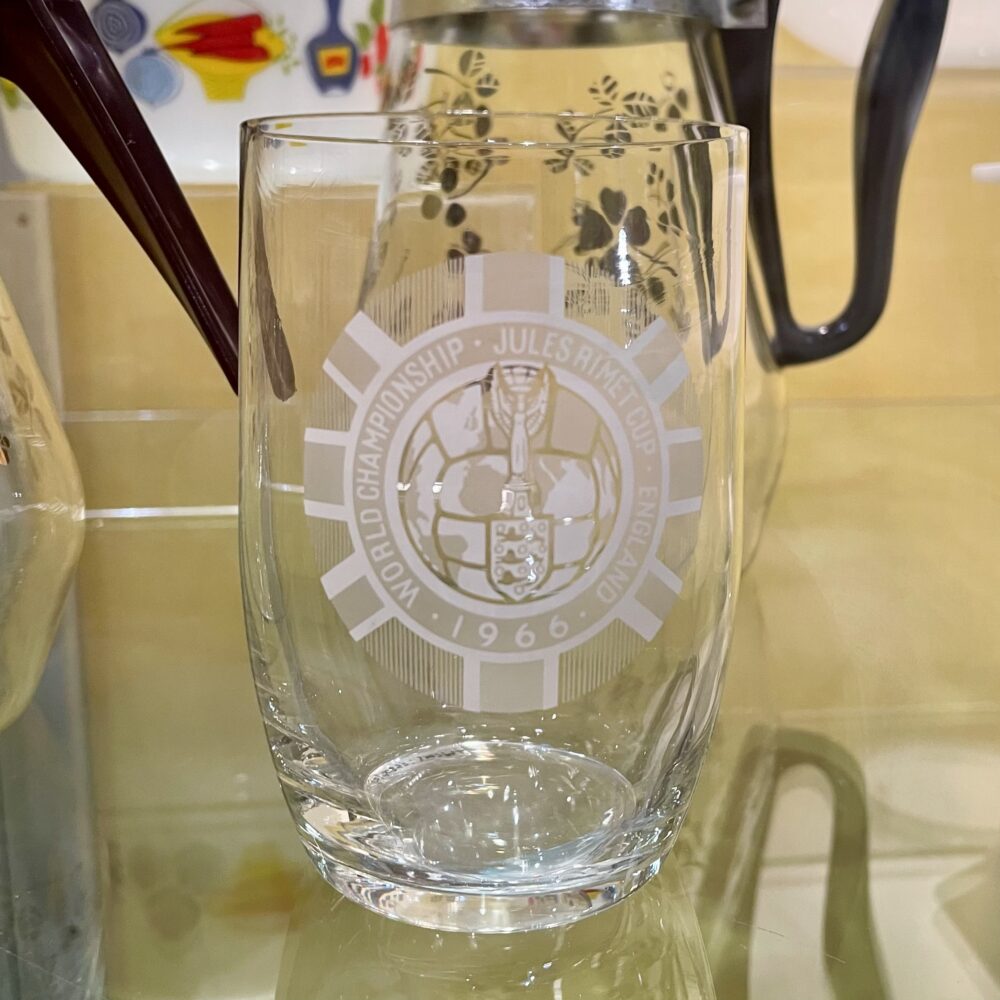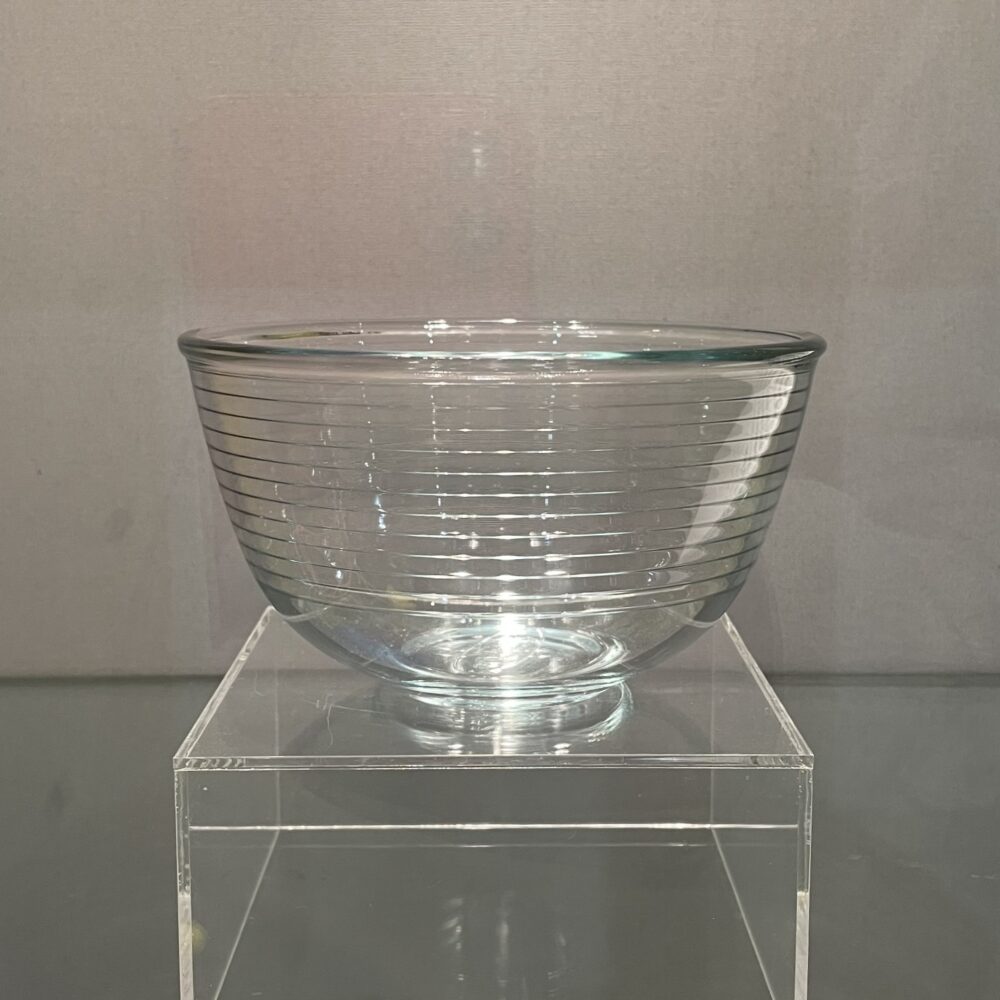
What happens when you take three artists who are used to working in ceramics and give them a ten-day residency at the National Glass Centre? They try to explore ideas in a new material, resulting in an exhibition that—for me, at least—didn’t really work.
The three artists involved were Bouke de Vries, Andrea Walsh and Andrew Livingstone.
Andrea Walsh experimented with the fluidity of glass and ceramic, seeing how each could be made to fold or flex, almost like fabric. Her pieces were mostly tiny and intricate. They felt a bit like the artists’ artist’s response to the challenge, in that they explored the material, but didn’t offer an awful lot to a casual observer like me. I don’t really know how fluid ceramics can be, so a comparison with glass was a bit lost on me.
Bouke de Vries’s work seemed to mostly involve putting ceramic pots in glass boxes, marked with words like ‘fragile’ and ‘handle with care’. I appreciated the whimsy of doing that in glass, but I didn’t get much beyond that. According to the labels, the artist was intending to draw some connection with Vermeer’s Milkmaid, which appeared as four tapestries, but I didn’t really understand how the whole thing was supposed to fit together.
Andrew Livingstone exhibited a bowl of glass emoji-like fruit which I enjoyed, and which was displayed alongside the artist’s earlier painting which featured the fruit. I thought this was an amusing commentary on his style and the artistic process, upending the usual way in which still life art works. Until I read the label, I didn’t realise that there was another sexual layer of meaning in that the fruits are all used in ‘sexting’ and also reference ‘fruit’ as a homophobic slur.
Livingstone also exhibited a glass model of a house in its own section of the gallery, surrounded on the floor by what3words grid references. I had no idea what this was all about: according to the label, it aimed to “explore ceramic and glass as queer politically charged materials.” I didn’t get it, not least as there wasn’t even any ceramic in the piece, as far as I could make out.
All things considered, I suspect this exhibition would be of more interest to those with some background knowledge or experience of working artistically with ceramic or glass than it was to me.
Confluence continues at the National Glass Centre until 10 September.
